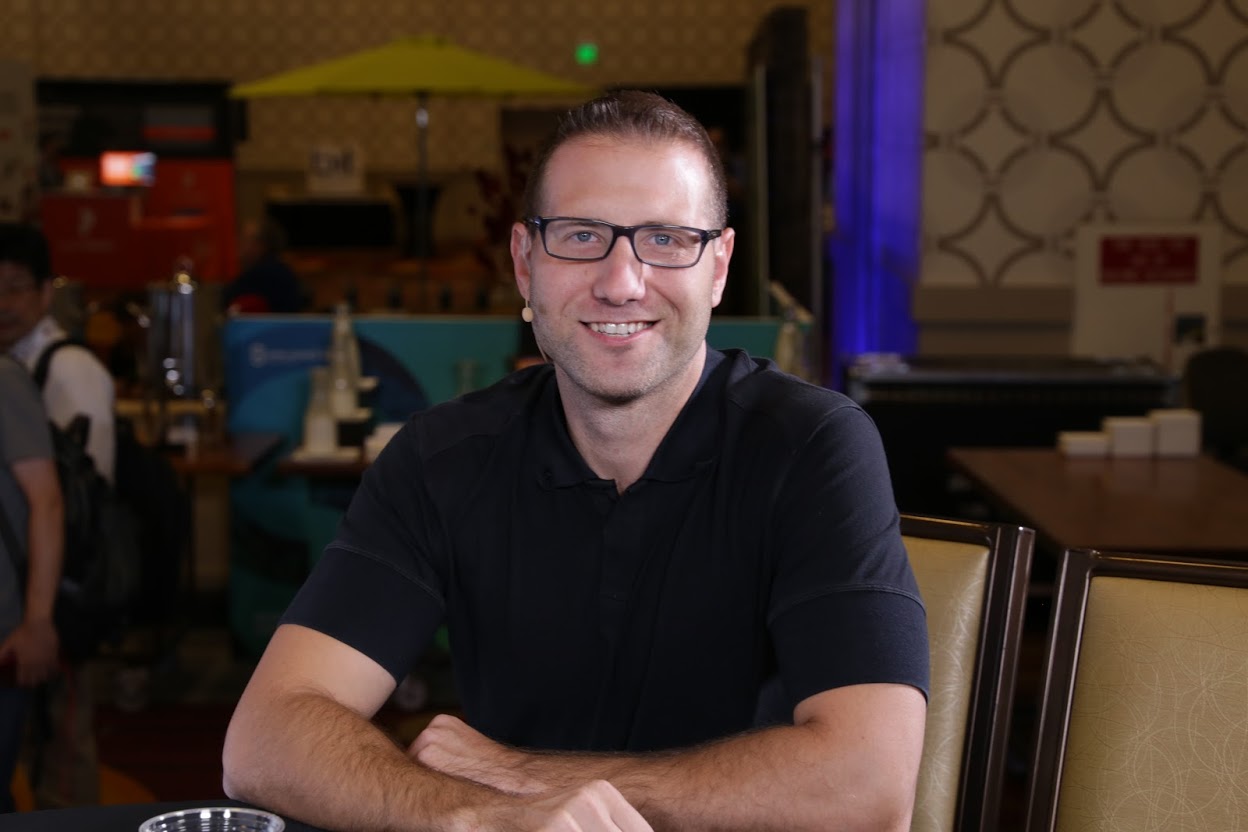 EMERGING TECH
EMERGING TECH
 EMERGING TECH
EMERGING TECH
 EMERGING TECH
EMERGING TECH
Kubernetes — a hot orchestration management platform for containers (a virtualized method for running distributed applications) — typically gets lots of hurrahs at developer conferences. Then a small voice in the crowd asks, Have you guys actually tried using this thing?
Kubernetes’ complexity is forgivable once users realize that it’s still under construction. “We [the Cloud Native Computing Foundation] have different levels of projects. We have inception, incubation and graduation. Believe it or not, Kubernetes has not graduated yet,” said Chris Aniszczyk (pictured), chief operating officer of CNCF and vice president of developer relations at The Linux Foundation. He is also the executive director of the Open Container Initiative, a collaborative project hosted by The Linux Foundation.
Linux hosts CNCF, which operates the Kubernetes open-source project. Though the project already has tons of users, CNCF is still finalizing its governance, Aniszczyk told John Furrier (@furrier) and Stu Miniman (@stu), co-hosts of theCUBE, SiliconANGLE Media’s mobile livestreaming studio, during Open Source Summit in Los Angeles. (* Disclosure below.)
Kubernetes is increasing efforts to simply; likewise, CNCF is introducing initiatives to make Kubernetes and container orchestration in general, more user friendly, according to Aniszczyk.
Last July, CNCF released Open Container Initiative version 1.0 to simplify a small set of container processes, including life cycle and image format specifications. OCI 1.0 was developed in tandem with Kubernetes. With 1.0 out the door, “We’re going to see kind of an abundance of people building tools and other things. I think you’ll see more end users out there exploring containers,” Aniszczyk said.
The development of easy tools and interfaces will up container and Kunernetes adoption, Aniszczyk believes. “There’s a lot of folks out there that may not dive into container technology until there’s actually a mature standard,” he said.
An additional CNCF body — the Container Networking Interface — is untangling deeper infrastructure issues. And CNCF has just launched the Container Storage Interface. “It’s no fun rewriting storage drivers for all the different orchestration systems out there. So why not get together and build out a standard that is used by Kubernetes, by Mesos, by Cloud Foundry, by Docker — and just have it so they all work across these things,” Aniszczyk said.
Lastly, CNCF is discussing the possibility of standardizing container distribution with a common Application User Interface. “Each contain registry has […] a different set of APIs — and wouldn’t it be nice if we could all kind of easily work together and have maybe one way to kind of distribute these things?” Aniszczyk stated.
We can expect progress updates on these initiatives at the KubeCon + CloudNativeCon North America event in Austin, Texas, this December, Aniszczyk added.
Watch the complete video interview below, and be sure to check out more of SiliconANGLE’s and theCUBE’s coverage of Open Source Summit 2017. (* Disclosure: TheCUBE is a paid media partner for Open Source Summit 2017. Neither The Linux Foundation nor Red Hat Inc. have editorial control over content on theCUBE or SiliconANGLE.)
Support our mission to keep content open and free by engaging with theCUBE community. Join theCUBE’s Alumni Trust Network, where technology leaders connect, share intelligence and create opportunities.
Founded by tech visionaries John Furrier and Dave Vellante, SiliconANGLE Media has built a dynamic ecosystem of industry-leading digital media brands that reach 15+ million elite tech professionals. Our new proprietary theCUBE AI Video Cloud is breaking ground in audience interaction, leveraging theCUBEai.com neural network to help technology companies make data-driven decisions and stay at the forefront of industry conversations.